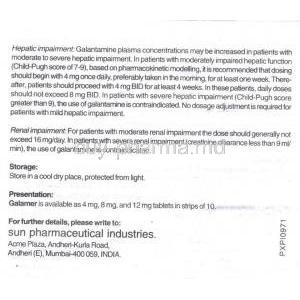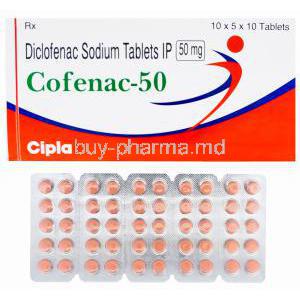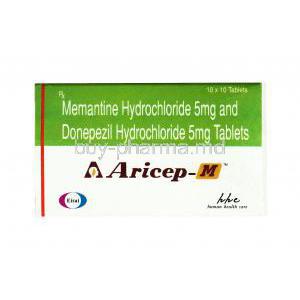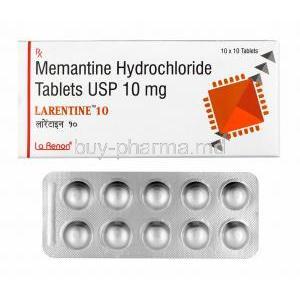I. Introduction
Brief Overview of Galantamine
Importance in Medical Treatments
Objective of the Article
II. Composition of Galantamine
Chemical Structure and Properties
Active and Inactive Ingredients
Formulations Available
III. How Galantamine Works
Mechanism of Action
Target Receptors in the Body
Time to Onset and Duration of Action
IV. Approved Uses of Galantamine
Treatment of Alzheimer’s Disease
Treatment of Other Forms of Dementia
Cognitive Enhancement in Neurological Conditions
V. Off-label Uses of Galantamine
Management of Certain Types of Pain
Use in Sleep Disorders
Other Investigational Uses
VI. Dosage and Administration
Standard Dosages for Approved Uses
Adjustments for Special Populations
Route of Administration
Dosage Timing and Food Interactions
VII. Administration to Special Populations
Administration to Elderly Patients
Administration to Pregnant Women and Nursing Mothers
Administration to Children
VIII. Side Effects of Galantamine
Common Side Effects
Rare but Serious Side Effects
Long-term Side Effects
IX. Interactions with Other Drugs and Substances
Common Drug Interactions
Food and Alcohol Interactions
Herbal Supplement Interactions
X. Warnings and Contraindications
Medical Conditions that Preclude Use
Contraindicated Medications
Allergy Precautions
XI. Important Precautions and Careful Administration
Pre-treatment Screening
Monitoring During Treatment
Signs That Require Immediate Medical Attention
XII. Overdosage
Symptoms of Overdose
First Aid and Emergency Measures
Treatment Protocols in Healthcare Facilities
XIII. Handling and Storage Precautions
Optimal Storage Conditions
Shelf Life
Disposal of Expired or Unused Medication
XIV. Conclusion
Summary of Key Points
Recommendations for Safe and Effective Use
Resources for Further Information





























